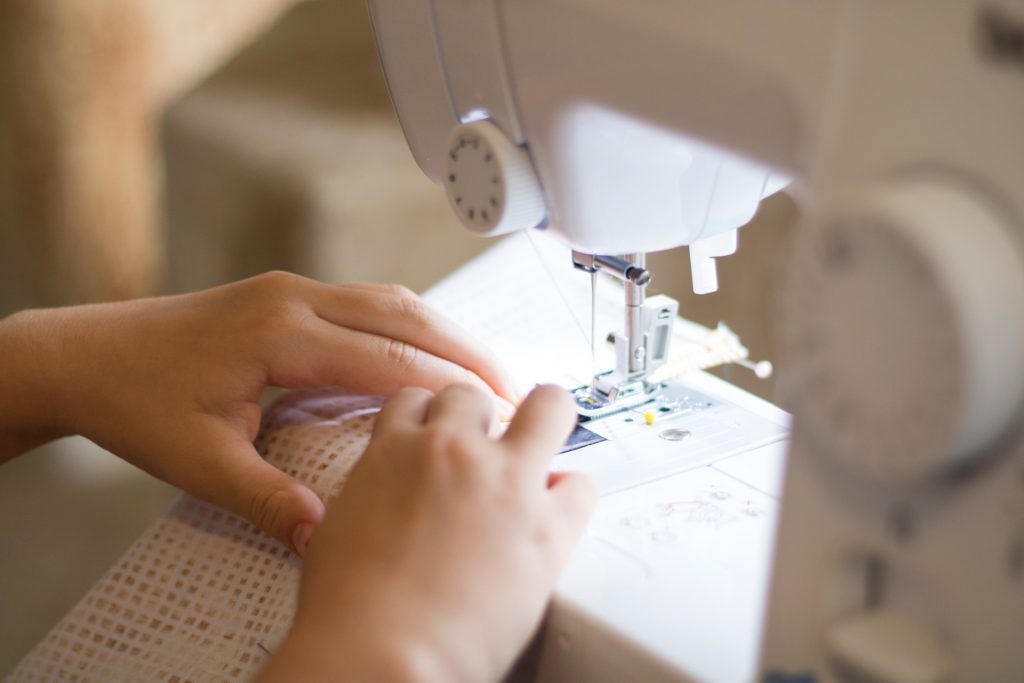Fast fashion, a term that’s become synonymous with quick trends and affordable clothing, has a dark side that often goes unnoticed.
Allow us to shine a light on the environmental consequences of the fashion industry, revealing the true cost of our fast-paced clothing consumption. We’ll also explore sustainable fashion choices and how every consumer can play a part in reducing the fashion industry’s environmental footprint.
The Fast Fashion Phenomenon
Did you know that fast fashion brands can introduce new clothing collections as frequently as every two weeks!
Fast fashion is all about speed and affordability. Brands produce inexpensive, trendy clothing quickly, encouraging consumers to constantly buy new items. But this rapid pace comes at a high environmental cost.

The Environmental Toll of Fast Fashion
Did you know that the fashion industry is responsible for 10% of global carbon emissions – that’s more than international flights and maritime shipping combined!
Let’s dive into the shocking environmental consequences of fast fashion:
Water Waste
The fashion industry is a major water consumer, with the production of a single cotton T-shirt requiring as much as 2,700 liters of water.
Chemical Pollution
Hazardous chemicals used in textile production can pollute waterways and harm ecosystems.
Waste Generation
Fast fashion encourages disposable clothing, leading to vast amounts of textiles in landfills.

Sustainable Fashion Solutions
Did you know that some sustainable fabrics, like Tencel, are made from renewable wood pulp and are biodegradable.
There’s hope for a more eco-friendly fashion future. Sustainable fashion choices are the way forward:
Eco-Friendly Materials
Look for clothing made from sustainable fabrics like organic cotton, bamboo, or recycled materials.
Second-Hand and Thrifting
Embrace vintage and second-hand shopping to extend the life of clothing items.
Slow Fashion
Support brands that prioritize quality, durability, and ethical practices over fast trends.
Responsible Consumer Choices
Did you know that the average American throws away 81 pounds of clothing each year, contributing to the fashion industry’s waste problem.
You can make a positive impact through your buying habits:
Buy Less, Choose Well
Invest in quality, timeless pieces that won’t go out of style quickly.
Repair and Upcycle
Learn basic sewing skills to mend and upcycle your clothing, giving it a new lease on life.
Donate and Recycle
When you’re done with clothing, donate or recycle it to keep textiles out of landfills.

The fashion industry’s environmental impact is undeniable, but there’s hope for change. By making conscious choices, consumers can drive the shift towards sustainable fashion.
Let’s remember that our clothing choices have far-reaching consequences and use our purchasing power to support a more environmentally friendly fashion industry. Together, we can dress for a better, more sustainable future.





